




























© Shutterstock
0 / 29 Fotos
Longyearbyen
- Located on the Norwegian archipelago of Svalbard, Longyearbyen is the northernmost permanent settlement in the world.
© Shutterstock
1 / 29 Fotos
History
- The first people to settle in Longyearbyen were whalers, who arrived in the town around 400 years ago and proceeded to hunt the bowhead whale to near extinction.
© Shutterstock
2 / 29 Fotos
Coal industry
- Coal miners then arrived at the beginning of the 20th century and set up shop mining the black rock from the Spitsbergen mountains. The coal industry was a pillar of the town’s economy for around 100 years.
© Shutterstock
3 / 29 Fotos
Tourism
- More recently, the settlement has been hit by tourism, as locals capitalize on visitors’ "it’s now or never" attitude towards seeing the disappearing Arctic ice.
© Shutterstock
4 / 29 Fotos
Svalbard archipelago
- The town is home to around 2,300 permanent residents and is the administrative capital of Svalbard, a group of Arctic islands located halfway between Norway and the North Pole.
© Shutterstock
5 / 29 Fotos
North Pole neighbors
- Amongst those who are aware of its existence, Longyearbyen is known for its residents’ extraordinary way of life: due to its proximity to the North Pole, when the sun sets in Longyearbyen on October 5 it does not rise again until March 4.
© Shutterstock
6 / 29 Fotos
Northern Lights
- For most of this period, the town remains in complete darkness, and visitors often choose this time of year to visit in the hopes that they will see the Northern Lights.
© Shutterstock
7 / 29 Fotos
Infamy
- But aside from its reputation for lifestyle quirks and natural beauty, Longyearbyen is now garnering attention for being the fastest-warming town in the world.
© Shutterstock
8 / 29 Fotos
Global warming
- Since 1971, temperatures in Svalbard have risen by 4°C (39.2°F), which is five times faster than the global average. In the winter, when changes are more dramatic, the temperature has risen by 7°C (44.6°F).
© Shutterstock
9 / 29 Fotos
Unique pressures
- Svalbard is particularly vulnerable to global warming because of pressures from both the Arctic atmosphere (which itself is warming at twice the global average) and the nearby ocean, which ushers in warm currents from the Gulf of Mexico.
© Shutterstock
10 / 29 Fotos
Taking the heat
- As rising temperatures cause the snowy surface of the archipelago to melt, the land ceases to reflect and absorbs more and more of the sun’s heat.
© Shutterstock
11 / 29 Fotos
Rising temperatures, rising concerns
- Rising temperatures are a major cause of concern in Longyearbyen, not least because they are responsible for the deadly avalanches that threaten the town and its people.
© Shutterstock
12 / 29 Fotos
Avalanches
- In December 2015, the town was struck by the most devastating avalanche in its history: two people died and 11 homes were destroyed at the bottom of Sukkertoppen ("Sugar Top Mountain").
© Shutterstock
13 / 29 Fotos
Avalanches
- The avalanche was the result of unusually heavy winter rain, which froze and was then covered in snow. The snow could not adhere to the ice and it therefore became unstable.
© Shutterstock
14 / 29 Fotos
Avalanches
- Disaster struck again in February 2017, when another avalanche wiped out six housing units. Since 2018, the government has been investing in safety measures to protect its residents.
© Shutterstock
15 / 29 Fotos
Safety measures
- More than 500 million kroner (around US$53.7 million) has been invested in building homes in safer locations and providing protective measures such as avalanche barriers in high-risk zones.
© Shutterstock
16 / 29 Fotos
Evacuations
- Some residents were required to leave their homes because they were living in high-risk areas. Others must evacuate their homes on a regular basis in order to be safe from a potential onslaught.
© Shutterstock
17 / 29 Fotos
Changing terrain
- Another consequence of rising temperatures is that the permafrost, which covers much of the ground in Arctic regions, is melting.
© Shutterstock
18 / 29 Fotos
Permafrost problems
- This is problematic because permafrost has been used for centuries to provide the foundations for buildings, which are now becoming unstable as their foundations melt away.
© Shutterstock
19 / 29 Fotos
A new way of life
- The town has had to build new accommodation that does not rely on permafrost for secure foundations. The result is housing units built on steel piles that have been drilled down right into the mountain rock.
© Shutterstock
20 / 29 Fotos
A big investment
- This process was very expensive and resource-intensive—a huge amount of steel was needed to drill the foundations deep enough into the rock. The homes will now be safe for 60 years.
© Shutterstock
21 / 29 Fotos
No new graves
- But there's not been a fix for everything. Nowadays, it is not possible to be buried on Svalbard, because there is no suitable place to dig a grave. This was not always the case, however.
© Shutterstock
22 / 29 Fotos
How it was then
- For a long time, it was possible to bury someone on the archipelago, provided that the grave was dug deep enough (if not, the permafrost tended to push the corpse out of the ground).
© Shutterstock
23 / 29 Fotos
How it is now
- Today, however, the land is being eroded to such an extent that previously buried bodies are at risk of falling into the ocean. This has prompted the Norwegian government to fund a program that will ensure the graves are excavated before the skeletons are lost.
© Shutterstock
24 / 29 Fotos
Psychological impact - Despite generally positive attitudes, the residents of Longyearbyen are no doubt struggling mentally at the hands of all this change.
© Shutterstock
25 / 29 Fotos
Daily worries
- Some have described feelings of worry at the impermanence of everything, saying that going to work every day invariably involves worries about being evacuated.
© Shutterstock
26 / 29 Fotos
A lost dream
- Others have bemoaned the lost dream of going to the North Pole, which used to be possible from Svalbard, but which is no longer so because the journey is not safe.
© Shutterstock
27 / 29 Fotos
A case study
- Unsurprisingly, nowadays many academics and diplomats visit Longyearbyen to see how the town is adapting and dealing with the challenges thrown up by climate change. Indeed while not perfect, Longyearbyen has proven itself to be quite the example.
© Shutterstock
28 / 29 Fotos
© Shutterstock
0 / 29 Fotos
Longyearbyen
- Located on the Norwegian archipelago of Svalbard, Longyearbyen is the northernmost permanent settlement in the world.
© Shutterstock
1 / 29 Fotos
History
- The first people to settle in Longyearbyen were whalers, who arrived in the town around 400 years ago and proceeded to hunt the bowhead whale to near extinction.
© Shutterstock
2 / 29 Fotos
Coal industry
- Coal miners then arrived at the beginning of the 20th century and set up shop mining the black rock from the Spitsbergen mountains. The coal industry was a pillar of the town’s economy for around 100 years.
© Shutterstock
3 / 29 Fotos
Tourism
- More recently, the settlement has been hit by tourism, as locals capitalize on visitors’ "it’s now or never" attitude towards seeing the disappearing Arctic ice.
© Shutterstock
4 / 29 Fotos
Svalbard archipelago
- The town is home to around 2,300 permanent residents and is the administrative capital of Svalbard, a group of Arctic islands located halfway between Norway and the North Pole.
© Shutterstock
5 / 29 Fotos
North Pole neighbors
- Amongst those who are aware of its existence, Longyearbyen is known for its residents’ extraordinary way of life: due to its proximity to the North Pole, when the sun sets in Longyearbyen on October 5 it does not rise again until March 4.
© Shutterstock
6 / 29 Fotos
Northern Lights
- For most of this period, the town remains in complete darkness, and visitors often choose this time of year to visit in the hopes that they will see the Northern Lights.
© Shutterstock
7 / 29 Fotos
Infamy
- But aside from its reputation for lifestyle quirks and natural beauty, Longyearbyen is now garnering attention for being the fastest-warming town in the world.
© Shutterstock
8 / 29 Fotos
Global warming
- Since 1971, temperatures in Svalbard have risen by 4°C (39.2°F), which is five times faster than the global average. In the winter, when changes are more dramatic, the temperature has risen by 7°C (44.6°F).
© Shutterstock
9 / 29 Fotos
Unique pressures
- Svalbard is particularly vulnerable to global warming because of pressures from both the Arctic atmosphere (which itself is warming at twice the global average) and the nearby ocean, which ushers in warm currents from the Gulf of Mexico.
© Shutterstock
10 / 29 Fotos
Taking the heat
- As rising temperatures cause the snowy surface of the archipelago to melt, the land ceases to reflect and absorbs more and more of the sun’s heat.
© Shutterstock
11 / 29 Fotos
Rising temperatures, rising concerns
- Rising temperatures are a major cause of concern in Longyearbyen, not least because they are responsible for the deadly avalanches that threaten the town and its people.
© Shutterstock
12 / 29 Fotos
Avalanches
- In December 2015, the town was struck by the most devastating avalanche in its history: two people died and 11 homes were destroyed at the bottom of Sukkertoppen ("Sugar Top Mountain").
© Shutterstock
13 / 29 Fotos
Avalanches
- The avalanche was the result of unusually heavy winter rain, which froze and was then covered in snow. The snow could not adhere to the ice and it therefore became unstable.
© Shutterstock
14 / 29 Fotos
Avalanches
- Disaster struck again in February 2017, when another avalanche wiped out six housing units. Since 2018, the government has been investing in safety measures to protect its residents.
© Shutterstock
15 / 29 Fotos
Safety measures
- More than 500 million kroner (around US$53.7 million) has been invested in building homes in safer locations and providing protective measures such as avalanche barriers in high-risk zones.
© Shutterstock
16 / 29 Fotos
Evacuations
- Some residents were required to leave their homes because they were living in high-risk areas. Others must evacuate their homes on a regular basis in order to be safe from a potential onslaught.
© Shutterstock
17 / 29 Fotos
Changing terrain
- Another consequence of rising temperatures is that the permafrost, which covers much of the ground in Arctic regions, is melting.
© Shutterstock
18 / 29 Fotos
Permafrost problems
- This is problematic because permafrost has been used for centuries to provide the foundations for buildings, which are now becoming unstable as their foundations melt away.
© Shutterstock
19 / 29 Fotos
A new way of life
- The town has had to build new accommodation that does not rely on permafrost for secure foundations. The result is housing units built on steel piles that have been drilled down right into the mountain rock.
© Shutterstock
20 / 29 Fotos
A big investment
- This process was very expensive and resource-intensive—a huge amount of steel was needed to drill the foundations deep enough into the rock. The homes will now be safe for 60 years.
© Shutterstock
21 / 29 Fotos
No new graves
- But there's not been a fix for everything. Nowadays, it is not possible to be buried on Svalbard, because there is no suitable place to dig a grave. This was not always the case, however.
© Shutterstock
22 / 29 Fotos
How it was then
- For a long time, it was possible to bury someone on the archipelago, provided that the grave was dug deep enough (if not, the permafrost tended to push the corpse out of the ground).
© Shutterstock
23 / 29 Fotos
How it is now
- Today, however, the land is being eroded to such an extent that previously buried bodies are at risk of falling into the ocean. This has prompted the Norwegian government to fund a program that will ensure the graves are excavated before the skeletons are lost.
© Shutterstock
24 / 29 Fotos
Psychological impact - Despite generally positive attitudes, the residents of Longyearbyen are no doubt struggling mentally at the hands of all this change.
© Shutterstock
25 / 29 Fotos
Daily worries
- Some have described feelings of worry at the impermanence of everything, saying that going to work every day invariably involves worries about being evacuated.
© Shutterstock
26 / 29 Fotos
A lost dream
- Others have bemoaned the lost dream of going to the North Pole, which used to be possible from Svalbard, but which is no longer so because the journey is not safe.
© Shutterstock
27 / 29 Fotos
A case study
- Unsurprisingly, nowadays many academics and diplomats visit Longyearbyen to see how the town is adapting and dealing with the challenges thrown up by climate change. Indeed while not perfect, Longyearbyen has proven itself to be quite the example.
© Shutterstock
28 / 29 Fotos
How climate change is transforming burial practices on this island
Found on Svalbard, a Norwegian archipelago warming at five times the average global rate
© <p>Shutterstock</p>
Plunged into darkness for 155 days a year, it's fair to say that the Norwegian town of Longyearbyen has never been the most comfortable place to live. But with climate change affecting the town to a disproportionate extent, life is becoming increasingly difficult for the residents of this beautiful little town.
In this gallery, discover Longyearbyen, the fast-warming town in the world.
RECOMMENDED FOR YOU











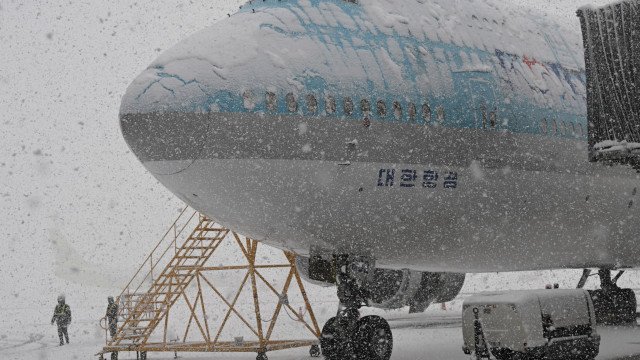
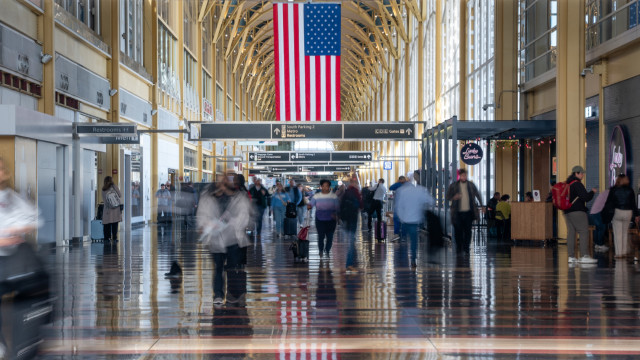
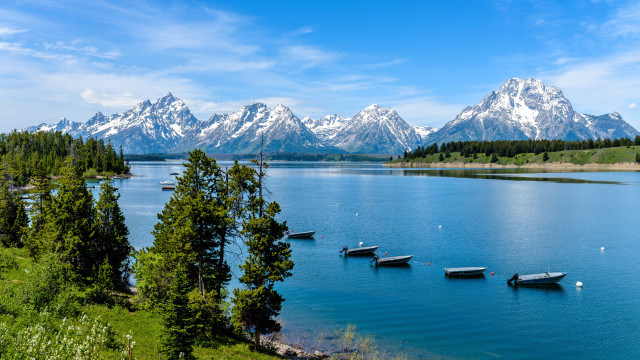




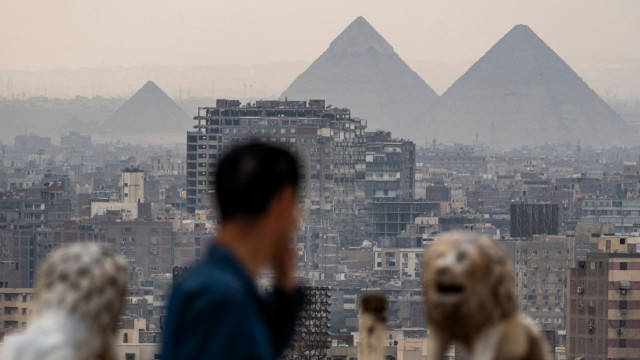
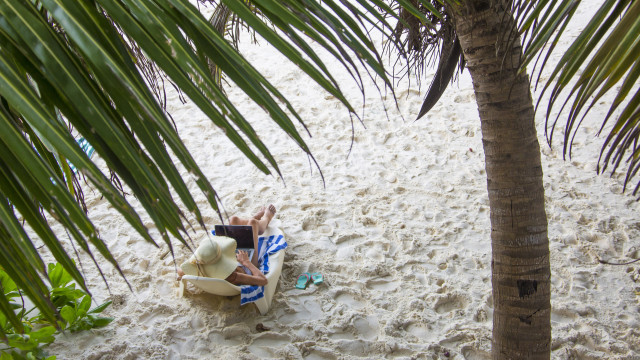
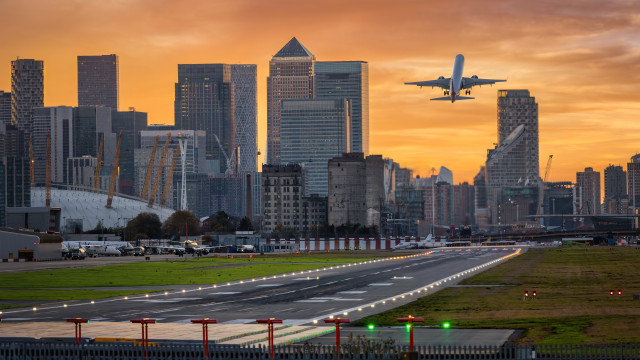
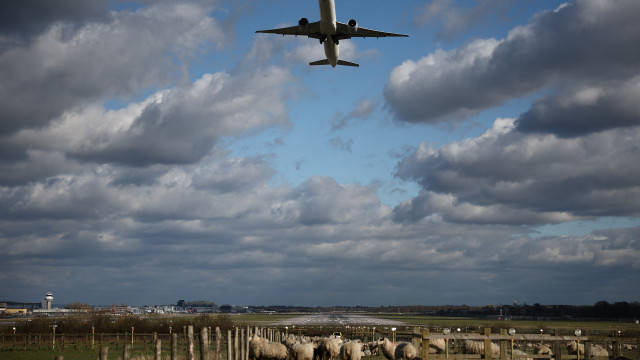




MOST READ
- Last Hour
- Last Day
- Last Week








